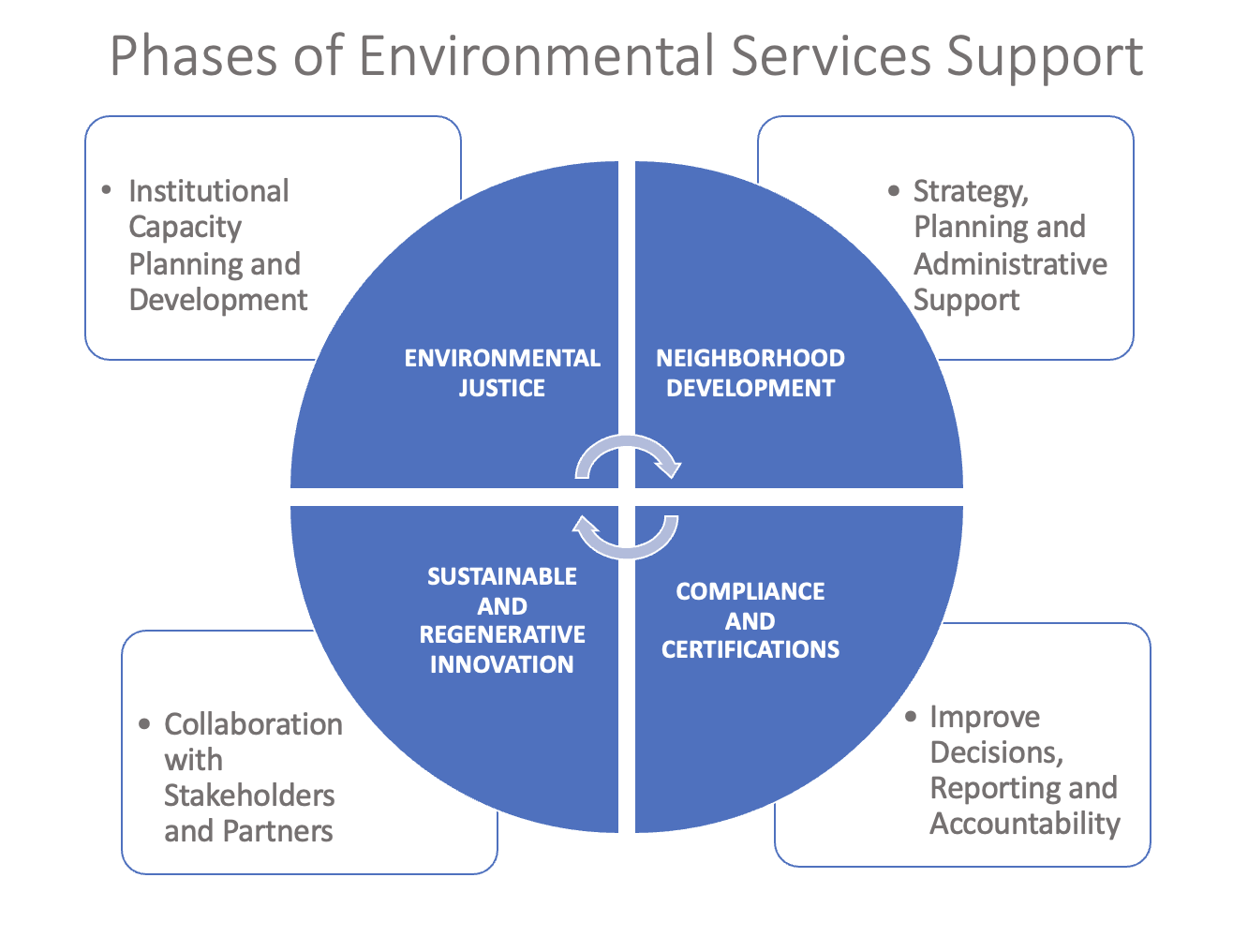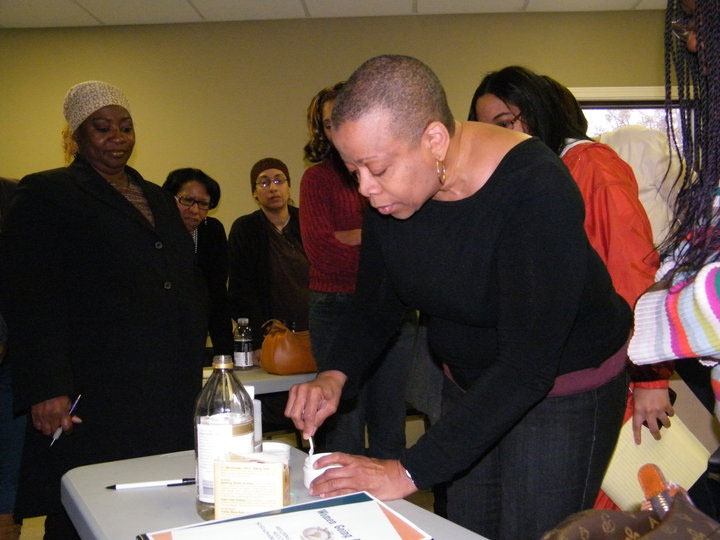aps
people : community : environment
- Consulting
- Program Development
- Project Administration
aps
“a peaceful space inc” is an environmental services practice supporting the health, wellbeing and environmental equity efforts of people, organizations and communities.

What we do best:
-
- Skilled in bringing order to chaos
- Excel at active listening, collaboration. and working across multiple groups.
- Strategic thinking with lots of relevant market knowledge.
Services include:
-
- proven methodologies
- LEED, WELL project support
- stakeholder sessions
- program and project management support

Case Studies
WELL Health and Safety and LEED O+M Building Certifications Project Support
Square Feet
Businesses Impacted
Occupants Impacted
Cities and Communities
“a peaceful space inc” environmental equity services focus on improving health, wellbeing in cities and communities. Our background in Urban and Environmental studies and certification in LEED Cities and Communities provide the basis for training, consulting and project support around:
-
-
-
- green building
- energy efficiency
- policies and strategies focused on sustainability, resilience and social equity
- guidance in data-driven decision making, transparency and leadership
-
-

training, mentoring and advising female entrepreneurs in environmental services

aps
News and Views
people : workplace : community
Experience
- Environmental Services
- Program Management
- Public Administration
- Strategy and Training
Company
- Minority Female Owned
- LEED, WELL and Fitwel Certified
- IWBI Investing for Health Advisory Board
- Living Future Member
- American Institute of Architecture Member
- USGBC Member

President and Founder
WELL AP | Fitwel Certified Ambassador | LEED Green Associate | Living Future Member
M.P.A. | Urban and Environmental Studies
Find a peaceful space on: [DISPLAY_ULTIMATE_PLUS]
Address
3935 East Rough Rider Rd
Phoenix, Arizona, USA
Open Hours
Monday – Friday: 9am – 2pm (Arizona Time)
Weekends: Closed
Holidays: Closed
Follow



